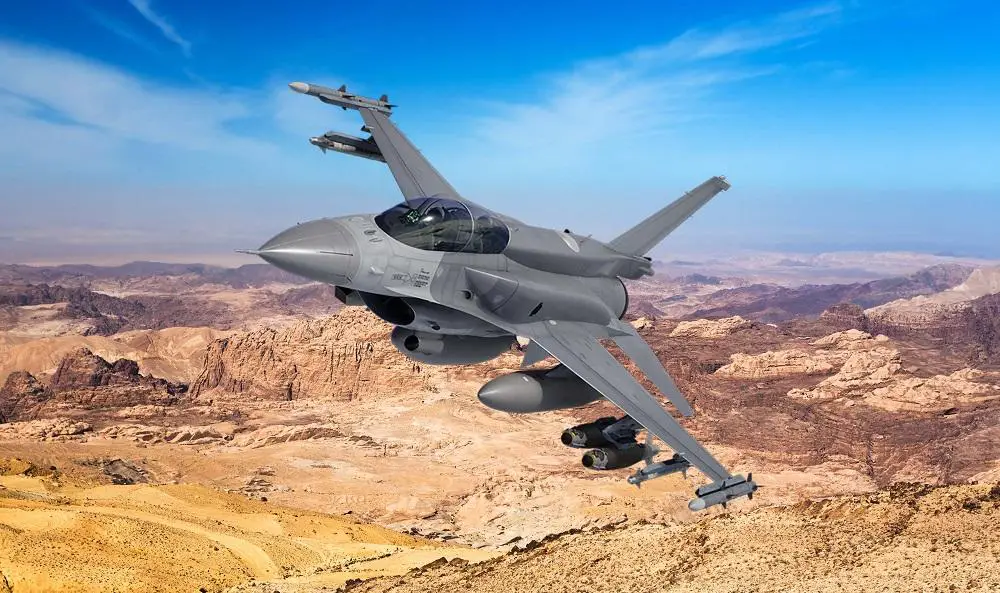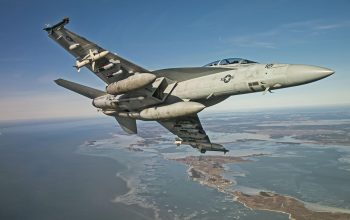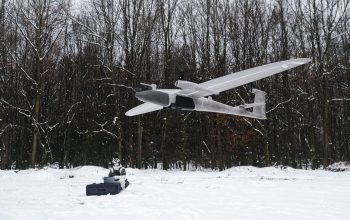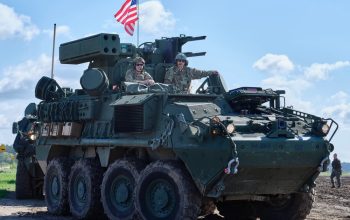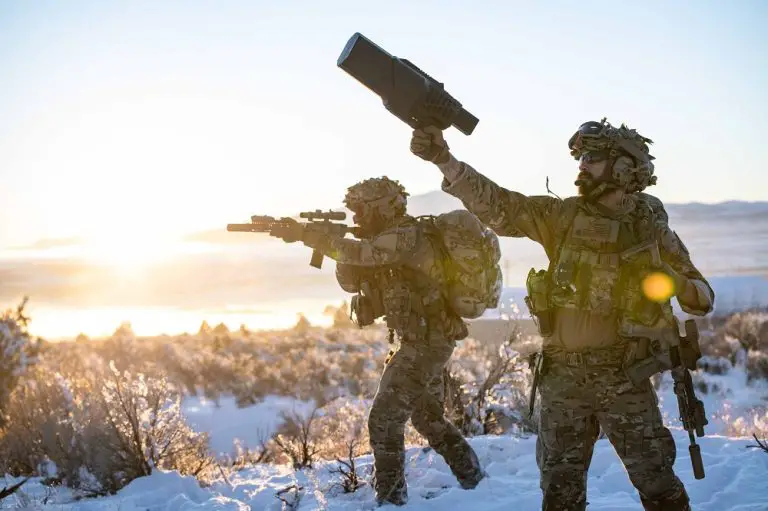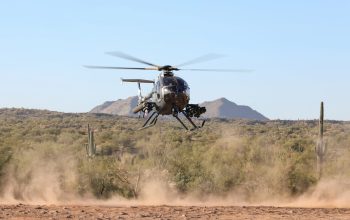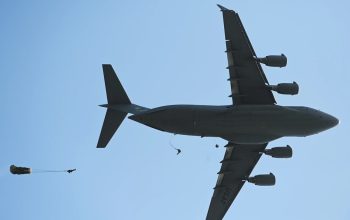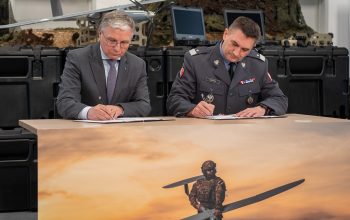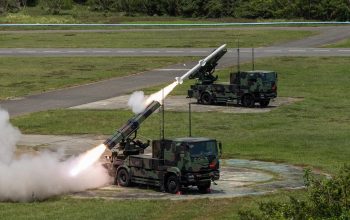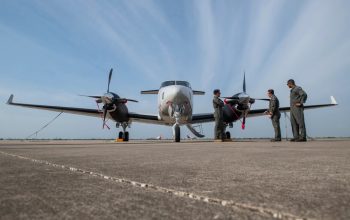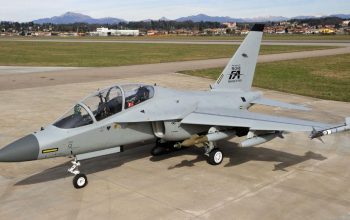Jordan has officially signed a Letter of Offer and Acceptance for the sale of eight new production F-16 Block 70 aircraft. The selection of new production F-16 aircraft extends Jordan’s existing fleet of F-16s, bringing advanced capabilities to the mission combined with affordable operating and lifecycle costs. Jordan’s new F-16s will be built in Greenville, South Carolina, where Lockheed Martin continues to hire for positions that work directly on building and sustaining these jets.
“This F-16 acquisition reflects over 70 years of U.S. cooperation and decades of partnership with Lockheed Martin. Our history partnering with Jordan strengthens regional security and helps protect citizens through 21st Century Security technologies that support critical missions today and into the future,” says Aimee Burnett, vice president, Integrated Fighter Group Business Development.
On 3 February 2022, the Government of Jordan has requested to buy 12 F-16 C Block 70 aircraft; 4 F-16 D Block 70 aircraft; 21 F100-GE-129D engines or F100-PW229EEP engines; 21 Improved Programmable Display Generators (iPDG); 21 AN/APG-83 Active Electronically Scanned Array (AESA) Scalable Agile Beam Radars (SABR); 21 Modular Mission Computers (MMC) 7000AH ; 6 AN/AAQ-33 Sniper Advanced Targeting Pods (ATP); 72 LAU-129 launchers; 21 M61A1 Vulcan cannons; 402 FMU-139 or FMU-152 Joint Programmable fuzes; 100 KMU-556 Joint Direct Attack Munition (JDAM) tail kits for 2,000LB GBU-31; 102 KMU-572 JDAM tail kits for 500LB Laser JDAM GBU-54; 100 MAU-209 Computer Control Group (CCG) for Paveway II (PWII) GBU-10; 102 MXU-651 Air Foil Group (AFG) for 2,000LB PWII GBU-10; 200 MK-84 or BLU-117 bomb bodies; 204) MK-82 or BLU-111 bomb bodies; six (6) MK-82 inert bombs; and two (2) MAU-169 Computer Control Group (CCG) trainers.
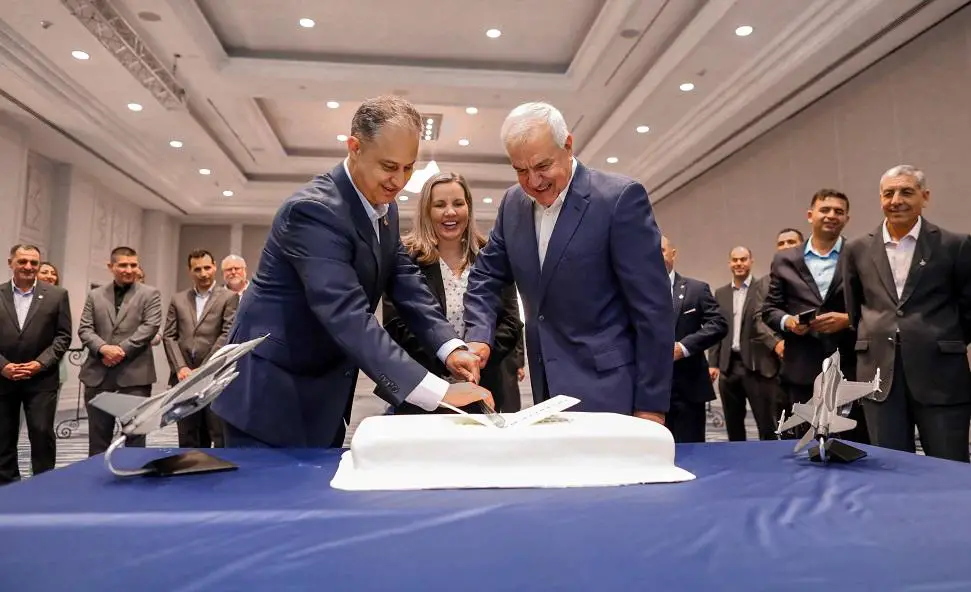
The Royal Jordanian Air Force operates a total of 64 F-16A/B aircraft, 16 of which are ADFs, while the remaining 39 are MLUs or have been modified to MLU standard with an average age of 38.2 years. In July of 1994, King Hussein of Jordan signed a peace treaty with Israel, ending over 40 years of hostility between these two nations. Shortly thereafter, the government of Jordan began to lobby within the American government to purchase as many as 42 F-16A/B Fighting Falcons. This request had been awaiting approval for quite a while. The country which might be most directly affected by the whole deal, Israel, was an enthusiastic supporter of the transfer of 16 F-16s to Jordan and has been one of the principal advocates in urging the US Government to go forward with the deal. In 2009 the Belgian government decided to put another 9 F-16AM’s for sale. The first country to respond was Jordan and negotiations have been ongoing till 2011. Finally the delivery consisted of 6 F-16AM’s and 3 F-16BM’s, all delivered in July of 2011. The number of Jordanian F-16s rises to 64 airframes with this delivery.
A large number of variants of the General Dynamics F-16 Fighting Falcon have been produced by General Dynamics, Lockheed Martin, and various licensed manufacturers. The F-16V will feature enhancements including an AN/APG-83 active electronically scanned array (AESA) radar, an upgraded mission computer and architecture, and improvements to the cockpit – all capabilities identified by the U.S. Air Force and several international customers for future improvements. The new variant is dubbed the “Viper”, which is intended to better operate with fifth-generation fighters. On 16 October 2015, the F-16V flew for the first time with an APG-83 Scalable Agile Beam Radar AESA, a new Center Pedestal Display, a modernized mission computer, Automatic Ground Collision Avoidance System, and many other upgrades. The upgrade of its 144 aircraft fleet started in January 2017 and is expected to complete by 2023.


